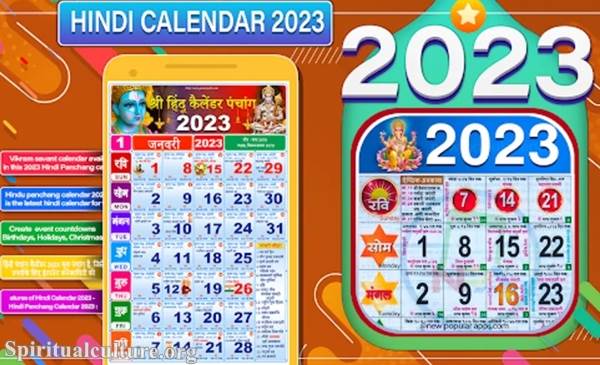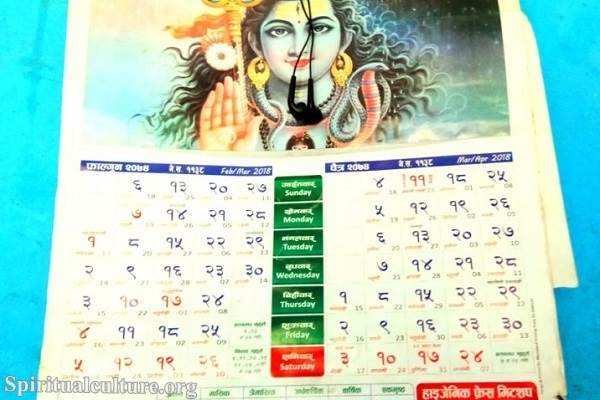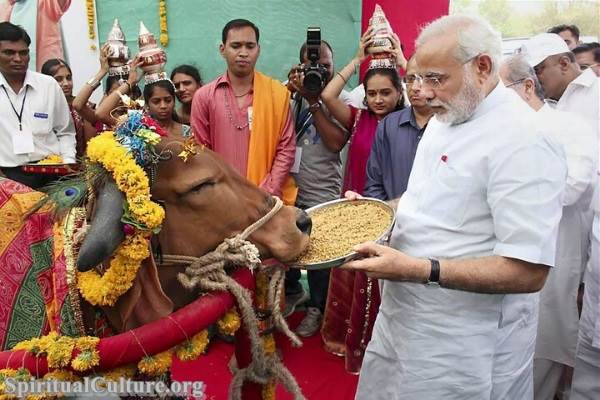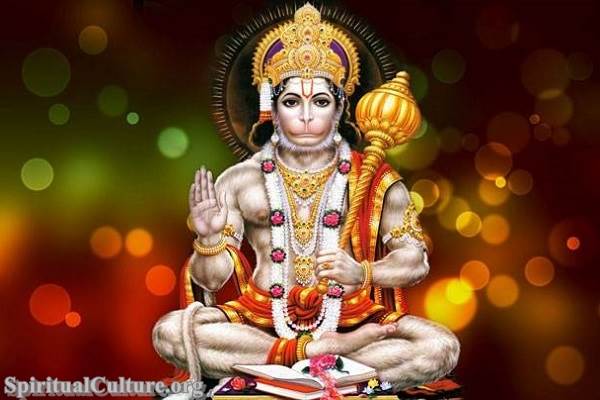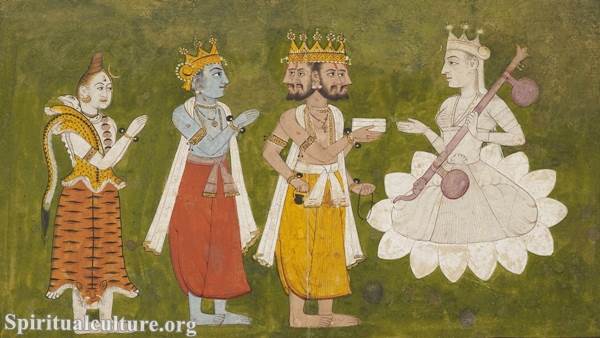In every civilization, the sacred texts of a people serve as both mirrors and molders of their cultural identity. Nowhere is this truer than in Hinduism, one of the world’s oldest living traditions. Its scriptures are vast, intricate, and multi-vocal — from the philosophical depths of the Vedas and Upanishads to the narrative richness of the Mahabharata and Ramayana. But among these sacred echoes, how are women portrayed? What roles do they embody, and what truths do they reveal?
As Spiritual Culture, we invite you into a contemplative journey — not merely of analyzing gender roles, but of perceiving the feminine as sacred essence, as archetype, as force.
In this article, we will explore the roles of women across key Hindu texts, from goddess figures to historical heroines, from revered sages to symbolic metaphors. We will ask not only what is said, but what is implied, and how these portrayals reflect the spiritual and cultural ethos of Hindu dharma.
The Divine Feminine: Shakti as Source of All Creation
Shakti: The Feminine as Cosmic Power
In Hindu metaphysics, Shakti is not a supporting role — she is the very force of creation. Without Shakti, even Shiva, the Lord of Destruction and Meditation, is said to be inert. The Devi Mahatmya, a powerful scripture from the Markandeya Purana, presents Devi — the Goddess — as supreme:
“Ya Devi Sarvabhuteshu Shakti Rupena Samsthita”
“To that Goddess who in all beings is abiding in the form of power…”
This vision of womanhood transcends biology or social position. It frames the feminine as primordial, sustaining, and transcendent, revered not just in one form, but in many: Durga, the warrior; Lakshmi, the nurturer of abundance; Saraswati, the font of wisdom; Kali, the fierce liberator.
The Feminine in Tantra and Worship
Tantric traditions, particularly Shakta Tantra, elevate the feminine principle to cosmic centrality. The union of Shiva and Shakti is not merely sexual or symbolic, but ontological — reflecting the essential unity of consciousness and energy.
In such traditions, the body of a woman becomes a mandala, her energy centers portals to liberation. This elevates the feminine to the highest spiritual path, challenging patriarchal readings that dominate other narratives.
Women in the Vedas: Seers, Philosophers, and Mystics
The Rishikas: Female Sages of the Rig Veda
The Rig Veda — the oldest known Hindu scripture — contains hymns attributed to women known as rishikas (female sages). Among them are:
- Lopamudra, wife of sage Agastya, who engages in spiritual and philosophical dialogues with her husband.
- Ghosha, afflicted with disease but composing hymns of both physical longing and spiritual insight.
- Apala, a woman of unusual experiences, who is healed and blessed through her connection to Indra.
These women were not passive muses — they were active voices in the shaping of Vedic spirituality.
Vak Sukta: The Hymn of the Goddess of Speech
In Rig Veda 10.125, the goddess Vak (Speech) speaks in the first person:
“I move with the Rudras, with the Vasus, with the Adityas and all the gods.
I hold together all worlds.”
This hymn, spoken as Vak Ambhrini, is one of the most profound affirmations of feminine spiritual authority in any ancient scripture. She does not just serve or worship the divine — she is the divine.
The Upanishads: Women as Spiritual Interlocutors
Maitreyi: The Philosopher of Immortality
In the Brihadaranyaka Upanishad, sage Yajnavalkya speaks with his wife Maitreyi, offering her not wealth, but wisdom:
“Not for the sake of the husband is the husband dear, but for the sake of the Self…”
This dialogue reveals Maitreyi’s depth of thought and yearning for immortality, illustrating how women in the Upanishadic period were engaged in metaphysical inquiry — not excluded from it.
Gargi: The Debater of Brahman
The same text recounts Gargi Vachaknavi, a brilliant woman scholar who dares to challenge Yajnavalkya in the royal court. She inquires:
“That which is above the heavens and below the earth… by what is it woven?”
Gargi’s questioning leads to one of the most philosophically charged moments in all of Hindu scripture — and she is not mocked but deeply respected.
Epic Women: Archetypes of Dharma, Strength, and Sorrow
Sita in the Ramayana: The Silent Strength
Sita, the consort of Rama in the Ramayana, is often misunderstood as merely submissive. Yet her story embodies inner fire and dharmic integrity. Her exile, her trial by fire, and her ultimate return to Mother Earth reflect the struggles of every woman navigating honor, sacrifice, and autonomy.
She is revered as an avatar of Lakshmi, but also as a mirror to societal expectations placed on women.
Draupadi in the Mahabharata: The Voice of Outrage
If Sita is the silent strength, Draupadi is the voice that refuses to be silenced. Her humiliation in the Mahabharata — dragged into the court and disrobed — becomes a turning point in the epic.
Her fiery question to the Kauravas:
“Whom did you lose first — yourself or me?”
resounds as a timeless challenge to injustice and male entitlement. Draupadi is not a background figure — she is a pivot of dharma and destiny.
Goddesses and Human Women: A Paradox of Reverence and Restriction
Worshipped as Goddesses, Bound as Women?
A central paradox in Hindu tradition is this: while goddesses are worshipped with divine reverence, mortal women often face social limitations.
Texts like the Manusmriti — a later Dharma Shastra — outline restrictive roles for women, advocating their dependence on male guardianship. This contradiction reveals how culture can evolve away from its spiritual essence, and how scriptural interpretation can both liberate and bind.
Feminine Archetypes: More Than Roles
Hinduism offers multiple feminine archetypes — mother, lover, ascetic, warrior, sage — and yet in practice, society often reduces these to rigid roles. The spiritual invitation is to reclaim their full symbolic richness.
Reinterpreting the Texts: Feminist Readings and Contemporary Insights
Modern Voices and Recovering the Sacred Feminine
Today, many Hindu women scholars and practitioners are re-reading the scriptures with fresh eyes:
- Recognizing rishikas as role models of intellectual agency
- Seeing Sita not as submissive, but as spiritually sovereign
- Reclaiming Shakti as a personal spiritual path, not just a theological idea
This movement is not a rebellion, but a return to the sacred source — reviving what has always been embedded in the tradition but often forgotten.
Ritual Participation and Gendered Exclusions
Contemporary questions arise around ritual participation — such as women entering temples during menstruation, or priesthood being male-dominated. Yet even here, some Shakta and tribal traditions have long honored female priests and oracles.
The challenge is to discern which practices are scripturally rooted and which are socially constructed.
Reflect and Reimagine
The role of women in Hindu sacred texts is rich, multilayered, and evolving. From goddesses who birth the universe to sages who seek truth beyond illusion, women have always been present — often at the very heart of the spiritual journey.
Yet how these roles are understood, honored, and lived out today is a matter of both cultural reawakening and personal realization.
As Spiritual Culture, we invite you to:
- Reflect on how the feminine is viewed in your own spiritual path
- Reimagine sacred stories with deeper eyes and open hearts
- Reclaim the sacred feminine — not as rebellion, but as revelation
For in every verse and voice, the soul of womanhood in Hinduism is not just to be respected. It is to be realized — as a living Shakti, as a seeker of Brahman, as the bearer of worlds seen and unseen.

